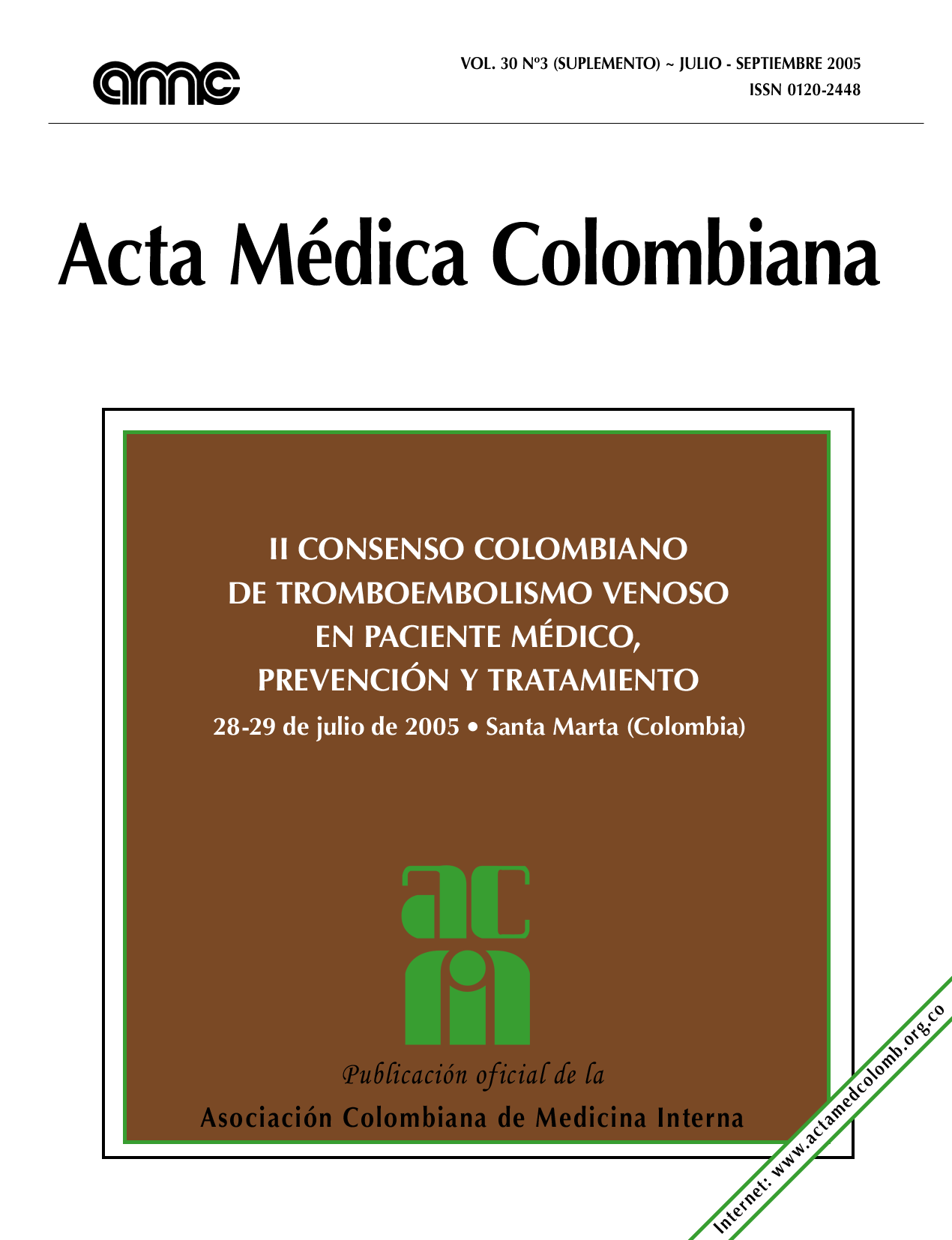Association of high concentrations of inflammatory markers but not so of asymmetric di-methyl-arginine with metabolic syndrome in the Colombian population
Abstract
Background: elevated plasma concentrations of the endogenous nitric oxide synthase inhibitor asymmetric di-methyl-arginine (ADMA) have been associated with metabolic syndrome, endothelial dysfunction and cardiovascular disease. The main aim of the present study was to evaluate the relationship between ADMA plasma concentrations, inflammatory markers and metabolic syndrome in young Colombian subjects without cardiovascular disease.
Methods: 147 young males recruited from the health service of the Colombian Army were included in a cross-sectional study. Criteria for the diagnosis of metabolic syndrome from the National Cholesterol Education Program Adult Treatment Panel (NCEP-ATP) III but with a waist circumference cut-off point 88 cms, were determined in all the patients. Biochemical measurements including plasma fasting glucose, lipid profile, C-reactive protein and fasting insulin were performed. Plasma concentrations of ADMA and L-arginine were determined by high-performance liquid chromatography (HPLC, Varian Star).
Results: the mean age of the subjects was 28.89± 5.2 years, 37 patients (25.1%) met the criteria for metabolic syndrome. No differences in ADMA concentrations were found between the subjects with and without metabolic syndrome (0.55 ± 0.18 vs 0.57 ± 0.19 µmol/L, p=0.2). Higher concentrations of C-reactive protein (2.6, 95%CI 1.7-3.4 vs 1.3, 95%CI 1.0-1.7 mg/l, p=<0.0001), and leukocytes (7.3 ±2.3 vs 6.6 ± 4.8 x (109/l), p=0.0006) were found in the subjects with metabolic syndrome.
Conclusion: in contrast to classical risk factors and inflammatory markers, ADMA does not seem to be implicated in metabolic syndrome in our population. These results support the hypothesis that metabolic syndrome may have distinct underlying causes in low and high-income populations.
Metrics
Acta Medica Colombiana uses the CC-BY 4.0 license. Authors retain all rights over their work.


